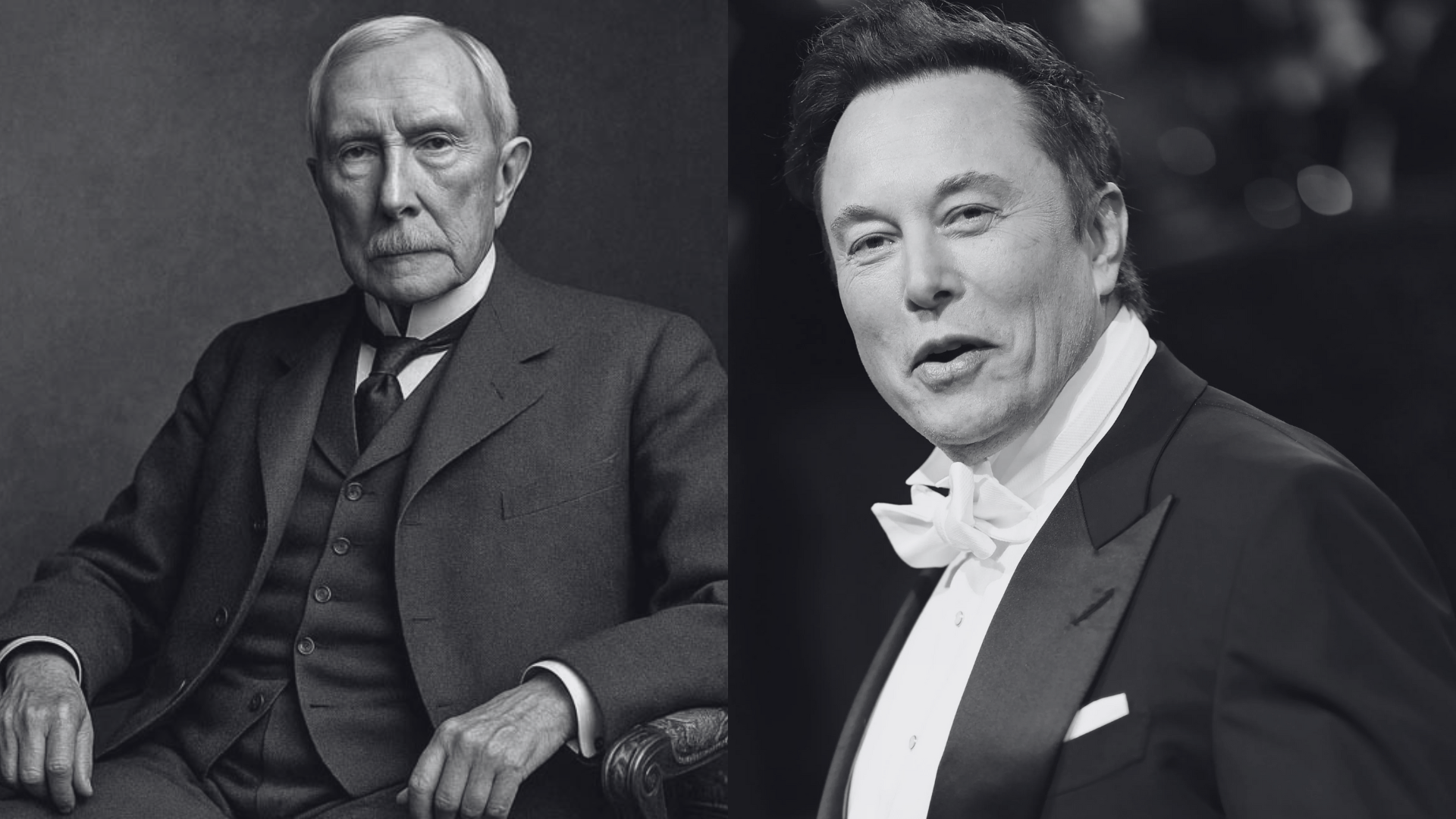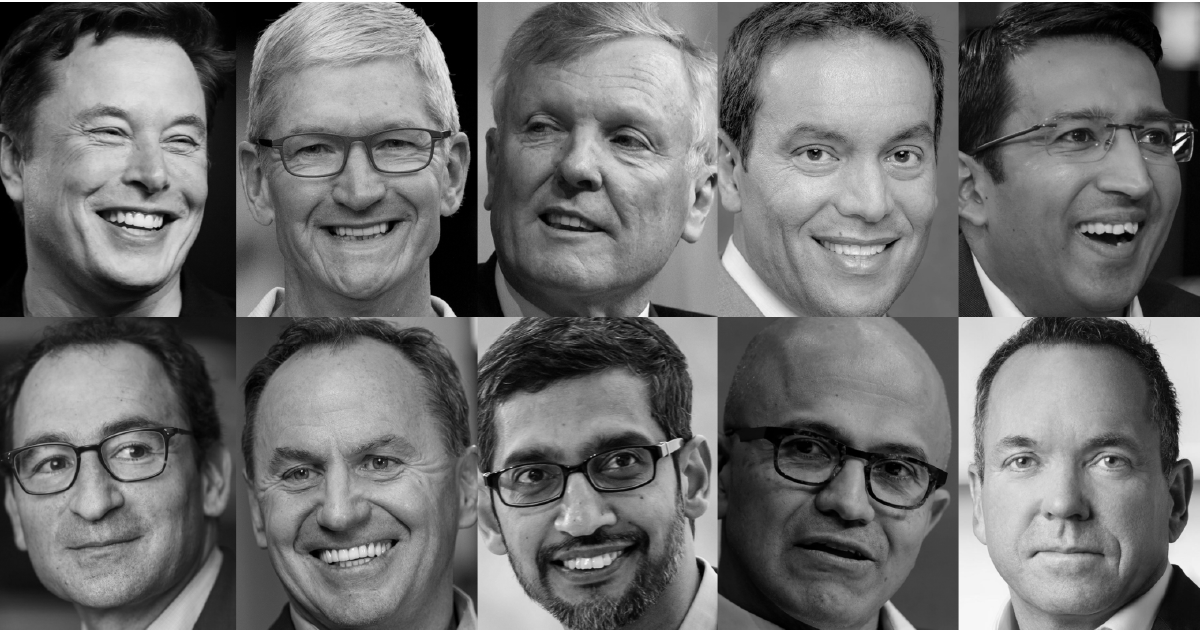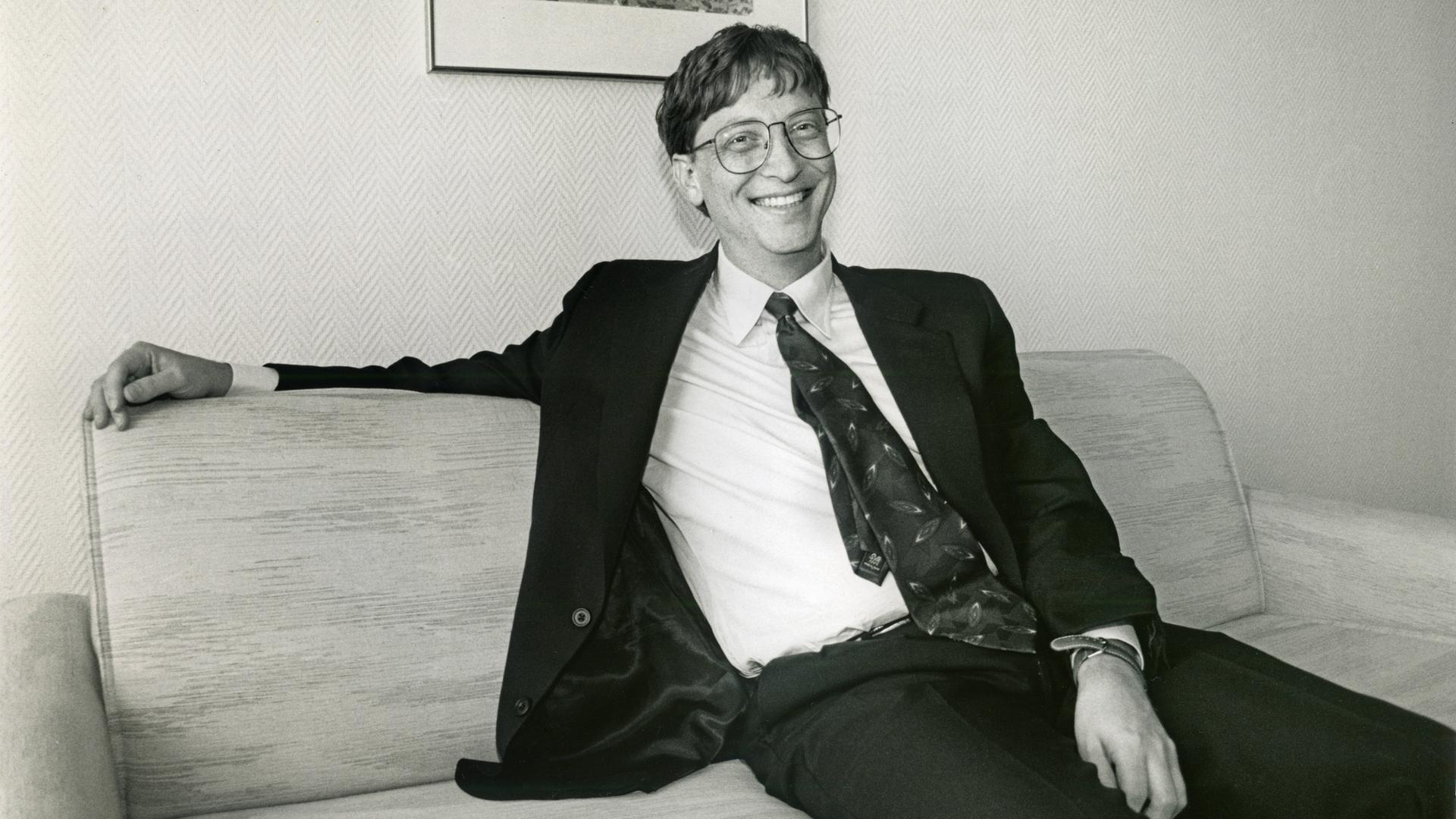Apple is a name that needs no introduction. From sleek iPhones to cutting-edge MacBooks, it is more than just a company; it is a cultural icon. At the center of this empire stands Steve Jobs, a visionary who redefined how technology fits into our lives. But Apple’s rise was not a straight road to success. It was a journey filled with innovation, failures, resilience, and an unrelenting pursuit of perfection.
This case study takes you inside the story of Steve Jobs and how he transformed Apple from a small garage startup into the world’s most influential brand. Along the way, we will uncover the key principles and strategies that shaped this incredible journey.
The Humble Beginnings: A Garage in Cupertino
In 1976, Steve Jobs, along with Steve Wozniak and Ronald Wayne, co-founded Apple in Jobs’ family garage. Their vision was simple yet revolutionary: make computers personal. At that time, computers were massive machines locked away in corporate offices and research labs. Jobs believed that computers should be accessible to everyone.
Apple’s first product, the Apple I, was a bare-bones computer kit sold for $666.66. It was not the sleek, polished device you see today, but it represented a new era. Jobs handled the business side, while Wozniak focused on engineering brilliance.
What made Jobs different from other tech enthusiasts? He saw beyond circuits and screens. For him, technology was not just functional—it was an experience. This mindset would become the foundation of Apple’s DNA.
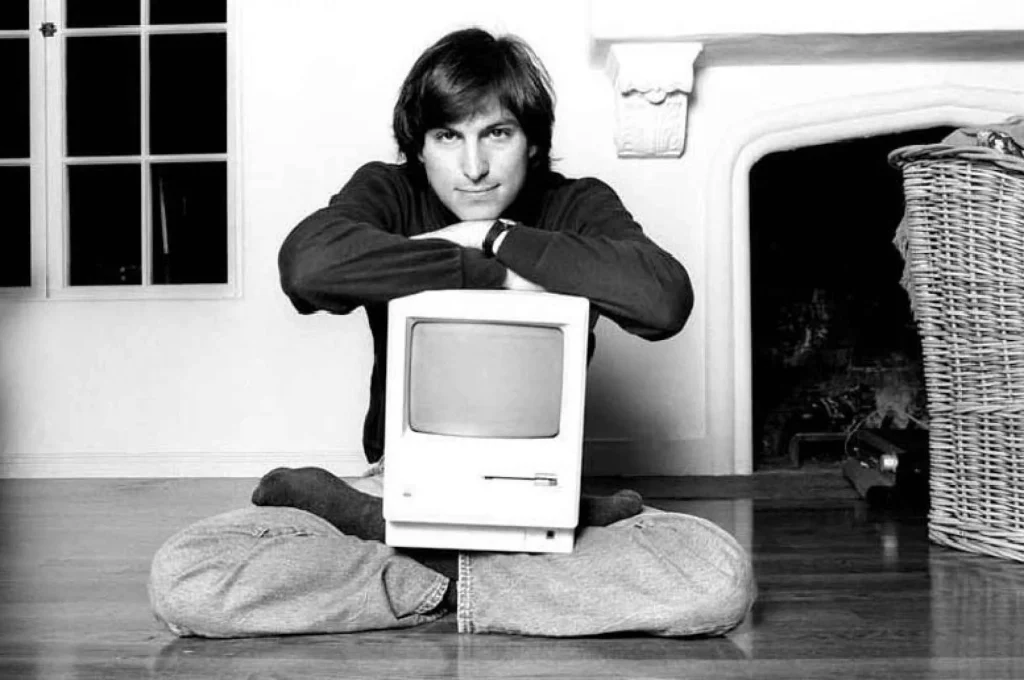
Early Success and the Birth of a Brand
Apple quickly gained traction with the launch of the Apple II in 1977. Unlike other computers of its time, it was user-friendly and came in an attractive design. This focus on aesthetics and usability was a Jobs trademark, even in those early years.
By 1980, Apple went public, making Jobs a millionaire at just 25. But this success was only the beginning. Jobs wanted Apple to lead the computing revolution. He envisioned creating products that were intuitive, powerful, and beautifully designed.
This vision gave birth to the Macintosh in 1984. The Mac was the first mass-market personal computer with a graphical user interface and a mouse. The iconic “1984” commercial, directed by Ridley Scott, positioned Apple as the rebel brand fighting conformity. It wasn’t just marketing—it was Jobs building an emotional connection with users.
The Fall: Jobs Leaves Apple
Despite the Macintosh launch, Apple faced internal conflicts. Jobs’ relentless pursuit of perfection clashed with the board and CEO John Sculley. In 1985, Jobs was ousted from the very company he founded.
For most people, this would have been the end of the story. For Jobs, it was a new beginning. He founded NeXT, a company that focused on high-end workstations, and acquired Pixar, which would later become a dominant force in animation.
This period taught Jobs valuable lessons in leadership, team building, and focus—skills that would later transform Apple’s destiny.
The Comeback: Jobs Returns to Apple
By the mid-1990s, Apple was struggling. Poor product decisions and lack of clear vision had left the company near bankruptcy. In 1997, Apple acquired NeXT, bringing Jobs back home. His return marked the start of one of the greatest business comebacks in history.
Jobs wasted no time simplifying Apple’s product line. He killed unnecessary projects and focused on a few key products. His philosophy was clear: “Do a few things, but do them insanely great.”
The Birth of the iMac and a New Design Language
Jobs knew that Apple needed a product that would grab attention. In 1998, he introduced the iMac—a colorful, all-in-one computer that looked nothing like the beige boxes dominating the market. It was bold, fun, and user-friendly. The iMac was a hit, signaling that Apple was back in the game.
Design became Apple’s competitive advantage. Jobs partnered with Jony Ive, the design genius behind Apple’s iconic products. Together, they redefined the role of design in technology. For Jobs, design was not just about how a product looked but how it worked and felt.
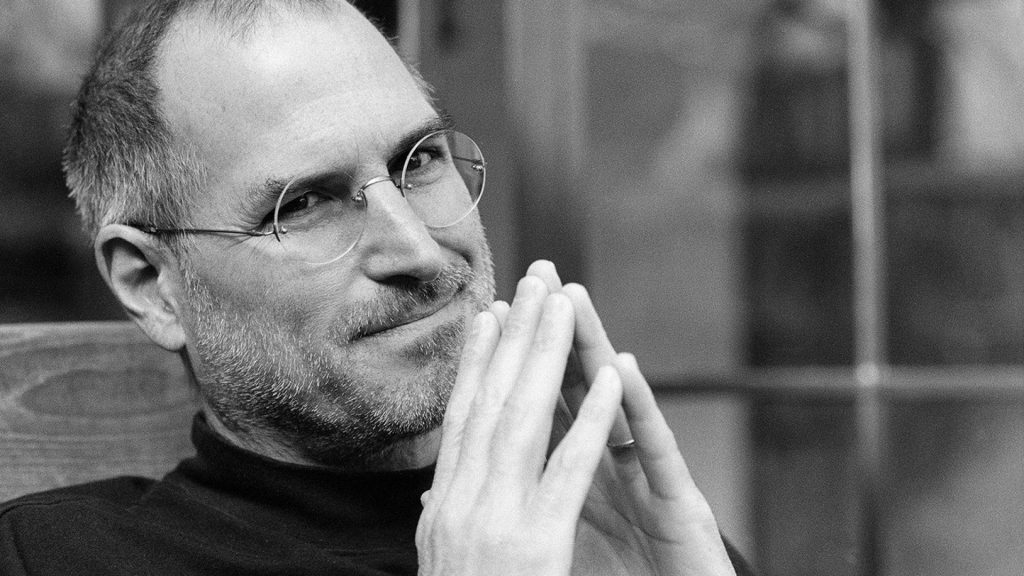
Revolutionizing Music: The iPod Era
In 2001, Apple launched the iPod, a device that put “1,000 songs in your pocket.” The iPod was more than a gadget—it was a lifestyle product. Coupled with iTunes, it changed how we consumed music and disrupted the entire music industry.
This move showed Jobs’ ability to think beyond hardware. He built an ecosystem where hardware, software, and services worked seamlessly together. This integration became a core strength of Apple’s brand.
The Game Changer: The iPhone
If one product defines Apple, it is the iPhone. Launched in 2007, the iPhone was not the first smartphone, but it was the first to truly get it right. A sleek design, multi-touch interface, and an App Store that turned the phone into a powerful platform—it was a game-changer.
Jobs introduced the iPhone with his famous words: “Today, Apple is going to reinvent the phone.” And he did. The iPhone not only transformed Apple into the world’s most valuable company but also changed how we live, work, and communicate.
Building an Ecosystem: More Than Just Products
One of Jobs’ greatest strategies was creating an ecosystem. Every Apple product—from the iPod to the iPhone to the Mac—worked together seamlessly. Once you entered the Apple world, leaving it became hard.
This ecosystem lock-in created loyal customers who were willing to pay premium prices. It also allowed Apple to launch new products like the iPad and Apple Watch with built-in demand.
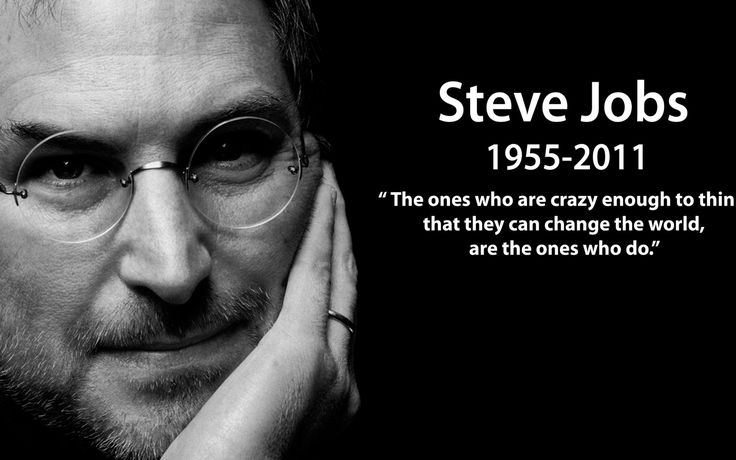
Marketing Genius: Selling a Lifestyle
Apple’s marketing under Jobs was nothing short of brilliant. From minimalist product launches to iconic ads, Apple sold more than products—it sold a lifestyle. The “Think Different” campaign perfectly captured Apple’s brand identity: innovative, rebellious, and aspirational.
Jobs understood the power of storytelling. Every Apple launch was a performance, with Jobs as the master storyteller. He didn’t just show features; he showed how the product would change your life.
The Leadership Style That Built a Legacy
Jobs was a complex leader. He was known for being demanding, sometimes harsh, but his passion for excellence inspired those around him. He believed in pushing boundaries and refused to settle for mediocrity.
One of his key principles was focus. When he returned to Apple, he slashed the product line from dozens to just four. His mantra was clear: “Deciding what not to do is as important as deciding what to do.”
Jobs also had an unmatched eye for detail. From product design to packaging, nothing was too small for his attention. This obsession with perfection created products that delighted customers at every touchpoint.
Apple After Jobs: The Legacy Lives On
Steve Jobs passed away in 2011, but his influence continues to shape Apple. Under Tim Cook, Apple became the first trillion-dollar company. While Cook brought operational excellence, the core principles Jobs instilled—innovation, design, and simplicity—still define Apple.
Apple remains the most valuable brand in the world, and much of that success can be traced back to Jobs’ vision.
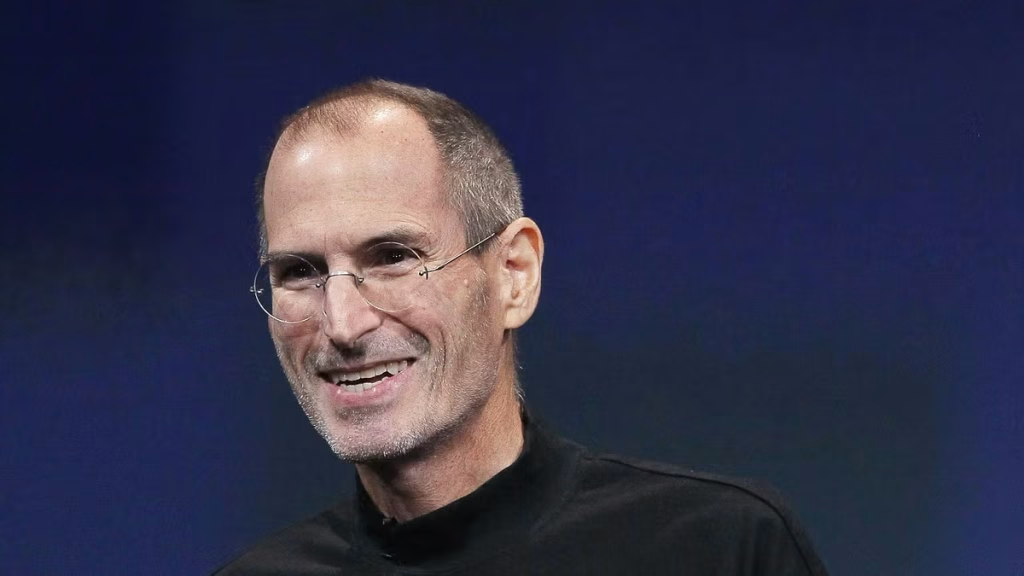
Key Lessons from Steve Jobs and Apple’s Journey
- Start with a clear vision: Jobs didn’t just build products; he built a future he believed in.
- Focus and simplify: Great companies focus on a few things and do them exceptionally well.
- Design matters: Good design is not an add-on; it is integral to the user experience.
- Build an ecosystem: Create a product experience that keeps customers coming back.
- Tell a story: People don’t just buy products—they buy stories, emotions, and experiences.
- Never stop innovating: Apple’s success came from constant reinvention and willingness to disrupt itself.
Final Thoughts
Steve Jobs’ journey with Apple is more than a business case study—it’s a masterclass in vision, resilience, and innovation. From a garage startup to a trillion-dollar empire, Jobs showed the world that technology can be beautiful, simple, and deeply human.
The story of Apple is still being written, but its foundation will always be the vision of a man who dared to think different.



